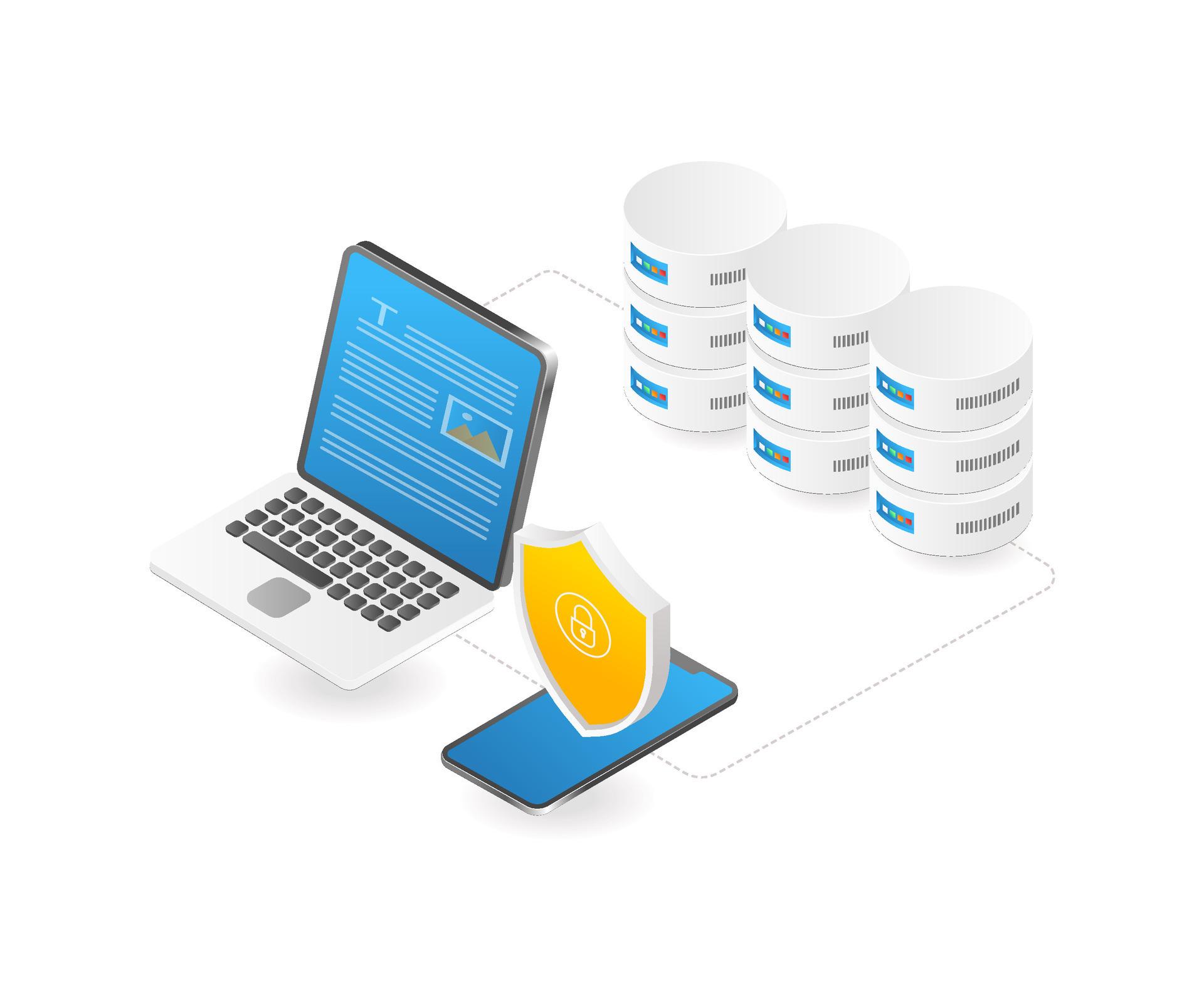What is a Low-code Platform? Can Low-Code Be Your Secret Weapon to Building Apps Fast?

So, first, what is a low-code platform?
Low-code is a visual approach to software development that enables faster delivery of applications through minimal hand-coding. It has a simple drag-and-drop system, so you don't need to code like before. This way, people who aren't expert coders, like business folks or project leaders, can also create apps. They can help solve delays in IT tasks, reduce hidden IT work, and manage business processes better. Low-code is also good for experienced developers because it doesn't require knowing specific coding languages. This makes making apps quicker and lets developers do more in less time.
Because of the COVID-19 pandemic, businesses need to automate more and focus on digital projects. Low-code platforms are great for this, making it easier and faster to automate. Gartner says that by 2024, over 65% of app making will be done through low-code. The value of the low-code market is thought to be 12.85 billion USD in 2020, and it might go up to 65.15 billion USD by 2027. During this time, it's expected to grow at a rate of 22.7% each year from 2020 to 2027.
Low-code allows for quick app building. It's user-friendly for both regular users and professional developers with features like an easy-to-use design space, connections to data, and ready-to-use code. These help make the software development process better, giving teams more time to create new things.
Low-code features
Low-code platforms make the whole app-making process simpler and more automated.
They let people who aren't tech experts easily build apps, speeding up how fast apps can be made.
Visual Building
With drag-and-drop actions and easy visual designs, both expert and beginner developers can make apps faster. You can see your app taking shape as you build it, and start it with just one click.
Ready-to-Use Parts
You can create apps for many platforms using ready-made parts, like modules and connectors. Experienced developers can tweak these parts to fit specific needs.
Working Together
Low-code has tools that help teams work together better, like sharing feedback, tracking changes, and communicating easily. Since everything is visual, it's easier for everyone to understand the development process.
Growing with Demand
You can quickly launch new apps or update existing ones to meet changing needs. Low-code platforms based on the cloud offer the flexibility to scale up or down as needed.
Connecting Data
You can safely bring together data and functions from different places, including old systems. Use pre-made APIs and connectors or let skilled developers create custom connections.
Managing the App Lifecycle
Low-code helps with every stage of making an app, from planning to testing and launching. It fits well with DevOps and Agile approaches, making it easier to manage projects.
In short, low-code platforms simplify making and managing apps, allowing both beginners and pros to create software that meets business needs quickly and efficiently.
Low-code vs. no-code development platforms: What are the differences?
Forrester explains the difference between low-code and no-code based on who uses them. Low-code platforms are for both professional and casual developers. They might need some coding knowledge. So, they're best for people who develop apps as their main or side job. On the other hand, no-code platforms are made for business users who don't know how to code. They can still build custom apps easily.
Both low-code and no-code let users make business apps by dragging and dropping parts, instead of writing lots of code. They help speed up making apps and can grow with the business needs.
But, no-code platforms can sometimes cause issues. If business folks make apps without IT's help, it might lead to extra work to make sure these apps are safe and work well.
Normally, creating software needs coders to write a lot of code, knowing many programming languages and how to set up, test, and launch the app.
Low-code and no-code hide all that complex stuff. Users just pick and connect pieces that already have code in them. It's like drawing a diagram to show what the app should do, rather than coding every detail.
This way of making apps is often called point-and-click or click development because it focuses on choosing options more than writing code from scratch.
Benefits of low-code platforms
Low-code platforms make creating and sharing apps quicker, which is very important today. In our digital era, companies need to quickly meet the demands of their workers and customers. Being quick helps companies keep up and not get left behind.
These platforms also make it possible for people who aren't tech experts to solve problems on their own. This means anyone at work can make apps that help them with their tasks, making their jobs easier.
Moreover, low-code platforms take away the repetitive coding work from skilled developers. This lets development teams quickly build basic apps and then improve them for extra value. Or, they can use their time to make unique apps or work on special projects that make their companies stand out.
Low-code platforms simplify how apps are made, changing the way businesses work. They make it easier for more people to help with a company's digital efforts, leading to more solutions and creative ideas. Overall, low-code platforms are about making app creation easier and faster for everyone and encouraging a culture of innovation and continuous improvement in companies.
Conclusion
Many companies are turning to low-code platforms for rapid app development and to address specific business needs, but traditional app development methods remain irreplaceable for complex projects. Low-code platforms, simplifying app creation, attract both individuals without technical backgrounds and seasoned developers looking for efficiency in straightforward tasks.
Research by Forrester highlights that low-code platforms are commonly chosen for designing business processes, developing websites, and crafting customer-facing apps. During the COVID-19 pandemic, these platforms proved invaluable for deploying urgent solutions, such as apps for employee health tracking. As "what is low-code platforms" becomes a more frequent question, it's clear their application range is expected to widen, potentially revolutionizing how tech infrastructures are updated.


